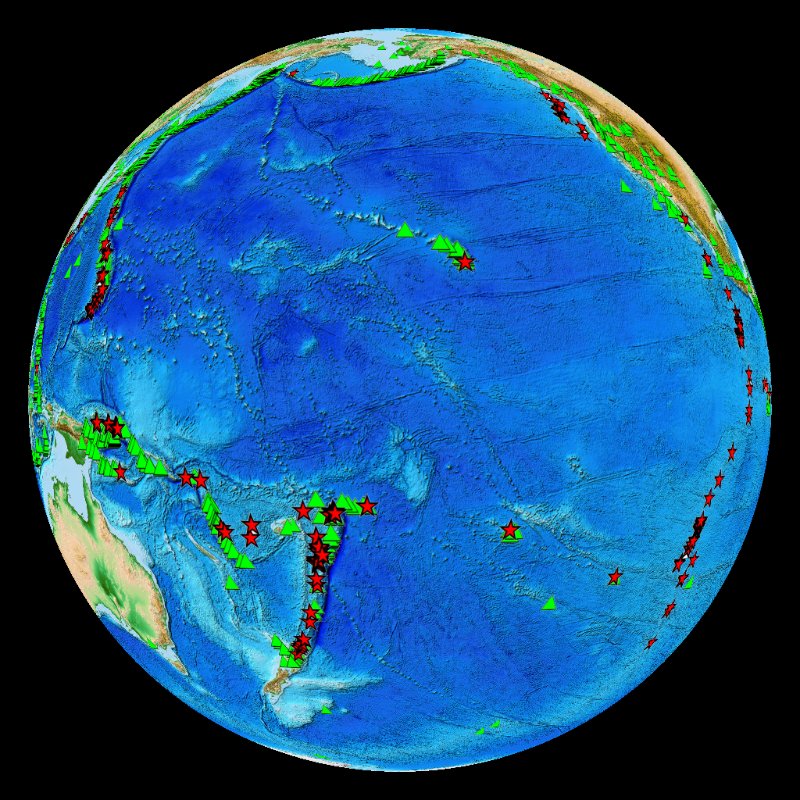Age of the Seafloor
By looking deeply at a map of the age of the seafloor, students may discover interesting patterns that connect with locations of volcanoes, earthquakes, and deep-sea vents. The process of seafloor spreading comes alive after some time analyzing the history of the ocean floor.
What’s happening in this map? What do you notice that makes you think that?
In this short activity, students will strengthen their critical thinking skills by carefully observing the data, forming ideas, and backing them up with evidence.
While the main goal is to encourage slow, careful observation, this activity also connects to topics like plate tectonics, seafloor spreading, ocean floor features, history of Earth’s crust. If you’re covering any of these, this could be a great addition to your unit. In the reading extention, students pair up, choose an article from NOAA Education Ocean floor features, summarize what they think is most interesting.
Date and Grade Relevance
Permalink to Date and Grade Relevance- Week 9 - Published May 16, 2025
- Best suited for 6-12 grades
- NGSS - MS-ESS2-3: Earth’s Systems, HS-ESS1-5: History of Earth

